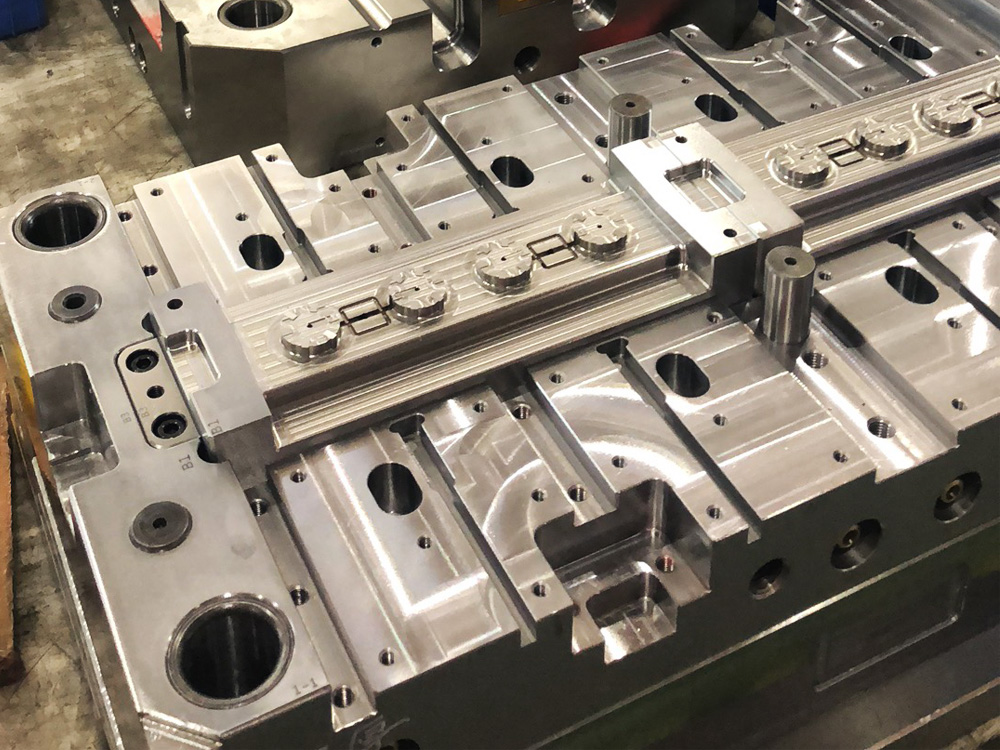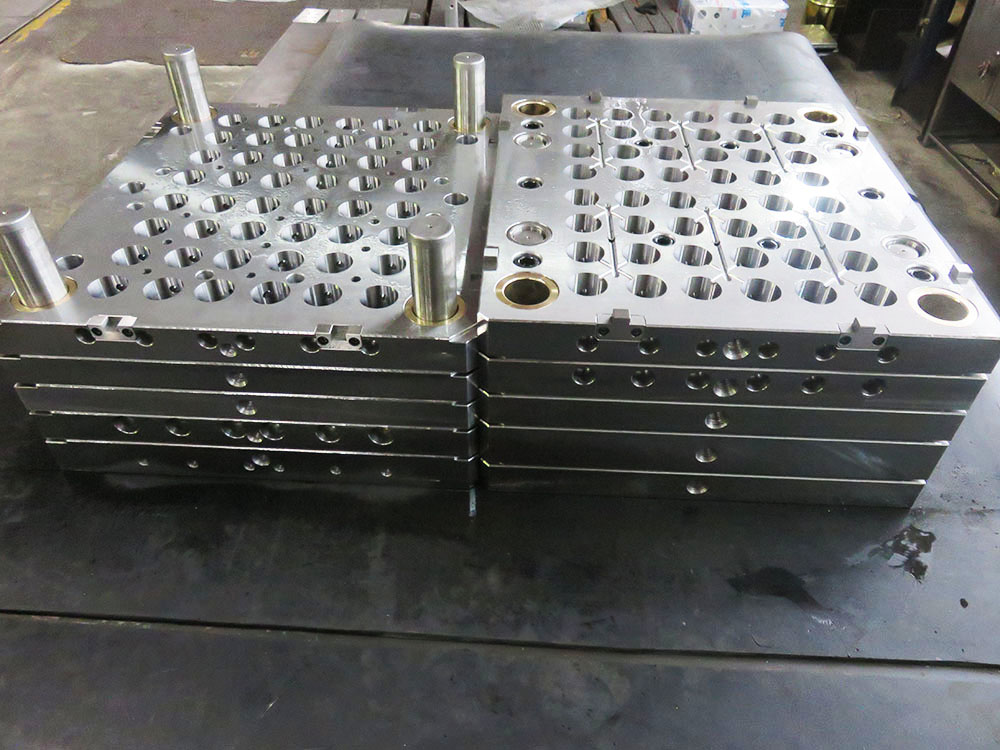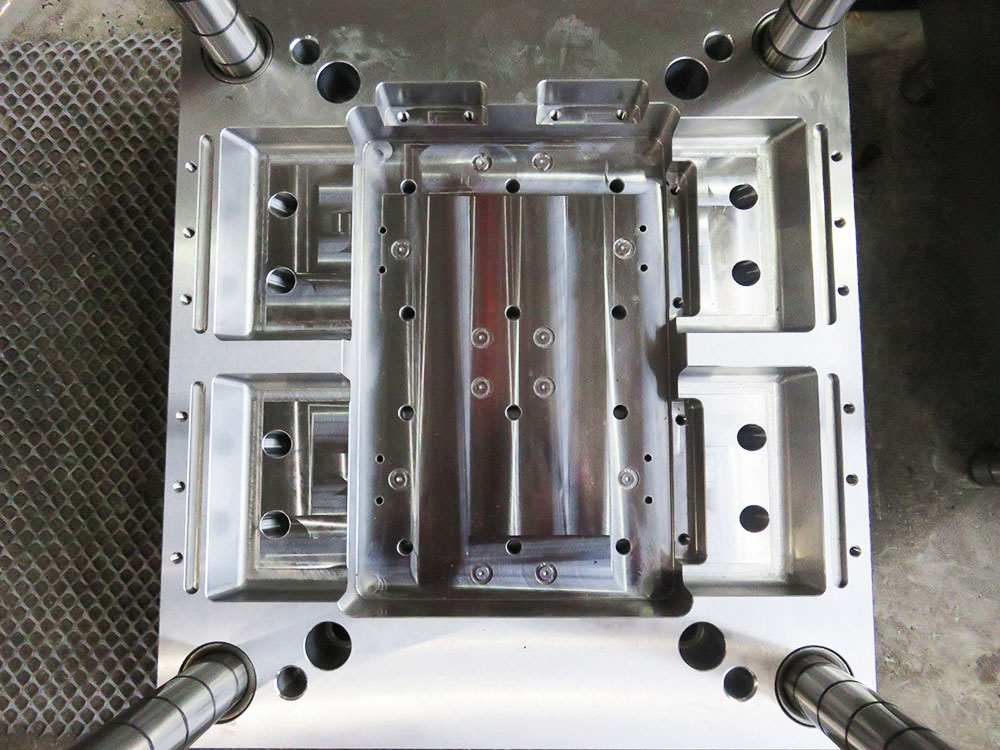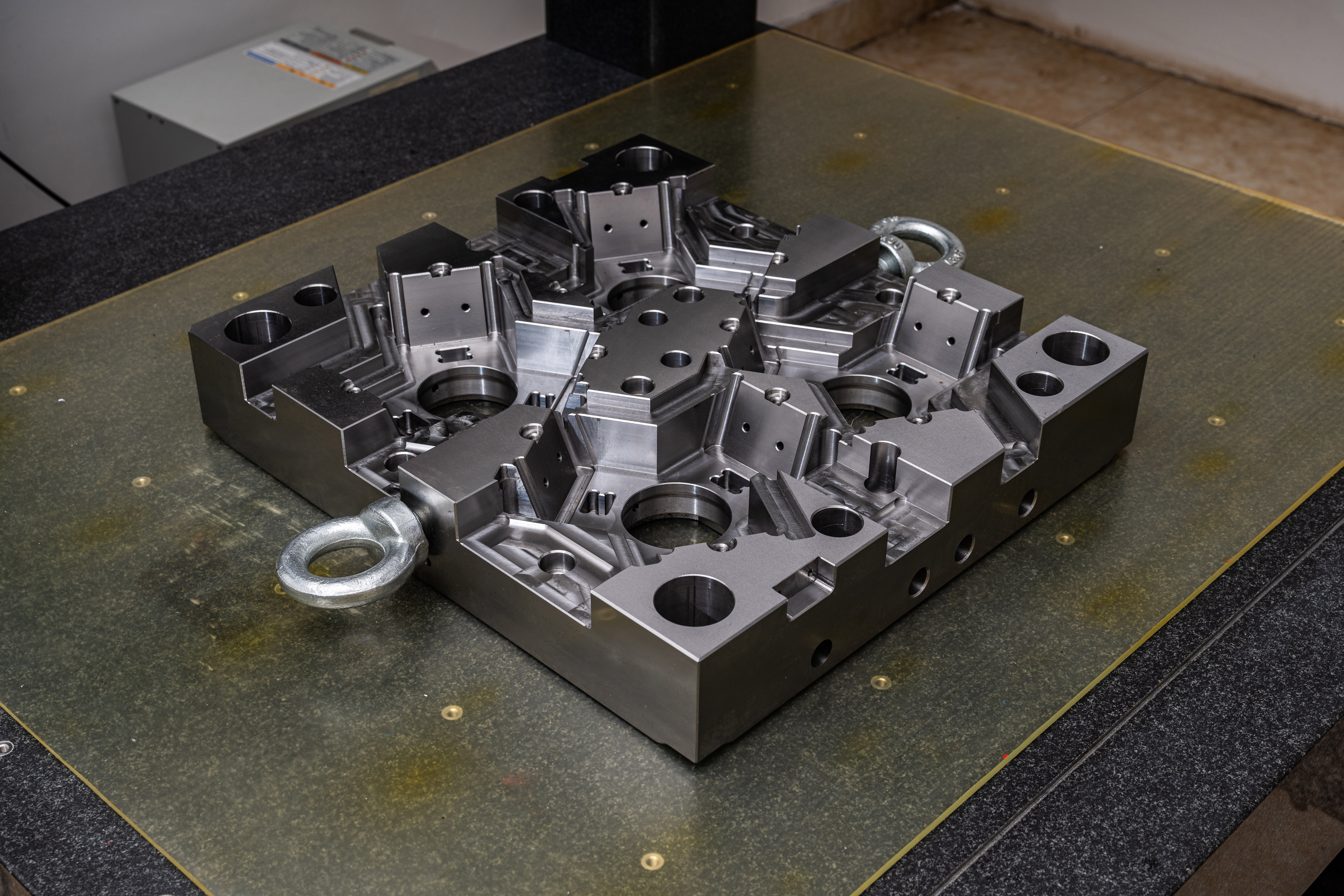How to Construct a Bending Upper Die Rack
In the mold base industry, the construction of a bending upper die rack plays a critical role in the overall performance and efficiency of the operation. This article will provide a step-by-step guide on how to construct a bending upper die rack, ensuring that the process is organized, professional, and results in a well-functioning tool.
1. Gather the necessary materials and tools
Before starting the construction process, it is crucial to gather all the required materials and tools. This includes steel plates, angle irons, welding machine, hydraulic jack, leveling jacks, measuring instruments, cutting tools, and safety equipment such as gloves and protective eyewear.
2. Design the rack layout
Before proceeding with the construction, it is important to have a clear plan and design for the bending upper die rack. This includes determining the dimensions, the number of die locations, and the overall structure. Consider factors such as the size and weight of the sheet metal to be bent, as well as the available space in the workshop.
3. Cut and prepare the steel plates and angle irons
Based on the design, use the measurements to cut the steel plates and angle irons to the required lengths. Ensure accurate and precise cuts to guarantee the stability and strength of the bending upper die rack.
4. Weld the frame
Begin by welding the bottom frame using the cut angle irons. Make sure to align and level the pieces, and use clamps to hold them in place during the welding process. Double-check the measurements to guarantee the accuracy of the frame.
5. Add the perpendicular supports
Once the bottom frame is secured, add perpendicular supports on top of it using additional angle irons. These supports are crucial for providing stability to the bending upper die rack. Weld them securely in place to prevent any movement or shifting during operation.
6. Install the die locations
Depending on the design and requirements, install the die locations onto the frame. These are typically steel bars or plates that hold the upper die securely in place for bending. Weld them onto the frame, ensuring they are aligned accurately and with the appropriate spacing.
7. Install the hydraulic jack and leveling jacks
Next, install the hydraulic jack and leveling jacks onto the bending upper die rack. The hydraulic jack provides the necessary force for bending the sheet metal, while the leveling jacks ensure the rack is even and balanced. Securely attach these components to guarantee safety and efficiency during operation.
8. Test and adjust
After completing the construction process, it is crucial to test the bending upper die rack and make any necessary adjustments. Ensure that the rack is stable, the die locations are properly aligned, and the hydraulic and leveling jacks are functioning correctly. Make any required modifications to achieve optimal results.
9. Ensure safety measures
Finally, prioritize safety when working with the bending upper die rack. Always wear protective equipment, such as gloves and eyewear, during construction and operation. Regularly inspect the rack for any signs of wear or damage, and replace any faulty components to prevent accidents or malfunctions.
Constructing a bending upper die rack requires careful planning, precise measurements, and proper welding techniques. By following this step-by-step guide, those in the mold base industry can construct a reliable and efficient tool for bending sheet metal. Proper construction of the bending upper die rack will ultimately contribute to the success and productivity of the operation.




